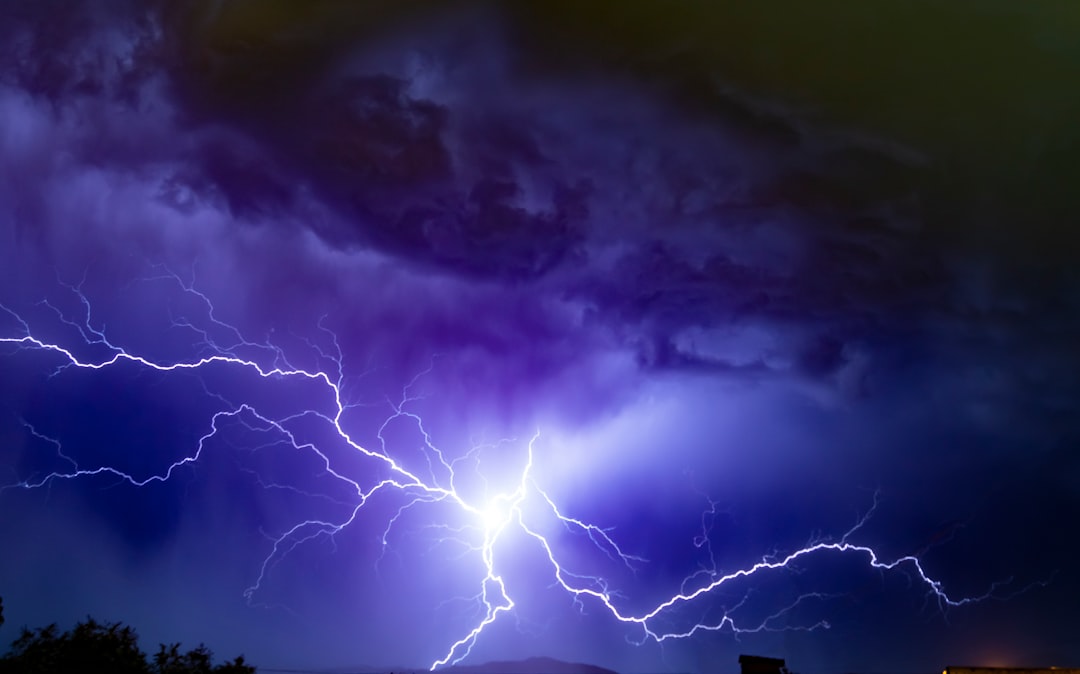When I asked the community for topics for The Anxious Morning, this is one that came up a few times so I wanted to cover it here. It’s a really good question that everyone asks at some point and it will actually dovetail into the two editions that will be released tomorrow and the day after so stay tuned for those.
During an exposure, or when meeting a life challenge that triggers anxiety or panic, you WILL experience anxiety. You may feel all the symptoms that you know and hate. You may feel depersonalized or derealized. You might feel like you can’t breathe or are about to pass out or die. You may be convinced that you will lose your sanity and permanently break. All of these things (and others) can happen while engaging in exposure work.
So what do you do with them? How should you handle them?
The short answer is that you don’t have to handle them.
Well, that’s not really an answer. It’s really the lesson you need to learn from these experiences.
When you experience all those scary and uncomfortable symptoms and thoughts during an exposure, you should basically do the opposite of what you want to do to “handle” them. You will want to run. Don’t. You will want to escape. Don’t. You will want to get help or be rescued. Don’t. You will want to find every logical argument in the world to try to convince yourself that its just anxiety and that you are still OK. Don’t bother. Your lizard brain isn’t listening and isn’t buying your argument.
So when your body and mind are screaming at you to save yourself, be saved, or otherwise run out of this horrible, dangerous, hell-like situation, your response has to be exactly the opposite.
The highlights are:
1. Relaxation (you can be relaxed without being calm).
2. Focus in a more productive direction (you have to practice this)
3. Proper breathing (you also have to practice this)
4. Resolve to bend like a willow tree in a storm, but not break (which in this case we’ll define as running).
As always I have tell you clearly that this advice is not designed for “panic stopping”. I am not teaching you how to build a shield against panic. These is all predicated on the idea that the most successful exposure is the one in which you fully experience and move THROUGH anxiety, fear, and discomfort. Why? Because that is where the recovery lessons are. That’s why.
I can’t go into all the nuts and bolts of exactly what to do second by second in one morning newsletter. But this gives you the general idea. And if you stopped by hoping to find the top five ways to stop anxiety only to wind up disappointed, then this advice is exactly the advice you needed to hear today.
Tomorrow we’ll expand a bit on this topic to talk about Exposure and Response Prevention - ERP.
I just finished reading “What Happened To You” by Dr. Bruce Perry and Oprah Winfrey. It was suggested to me as a way to help understand the experience of trauma, and I’m happy that I read it. I think I might do a review of the book in a future episode of The Anxious Morning so stay tuned for that.
On Tuesdays (sometimes) I’ll let you know what I’m currently reading. I read quite a bit on psychology and philosophy, but really you never know what I’ll have in my Kindle or Audible libraries! If you’re on Goodreads and into books, you can follow/friend me over there. Here’s a link to my “currently reading” shelf. I’d love to see what you’re reading and what you recommend.















Share this post